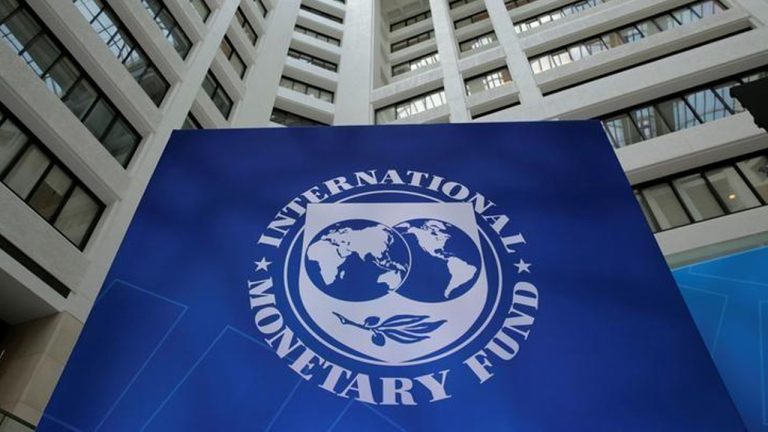The International Monetary Fund (IMF) has forecasted a 3.2% GDP growth for Nigeria in 2025, anticipating a slight decrease in median inflation as ongoing policy reforms take effect.
In its latest Regional Economic Outlook (REO) for Sub-Saharan Africa, titled “Reforms Amid Great Expectations,” the IMF noted that while median inflation is expected to dip in Nigeria, Angola, and Ghana, overall headline inflation will remain significantly elevated in oil-exporting countries compared to the rest of the region.
The report highlights a projected decline in regional GDP-weighted headline inflation, expected to fall from 18.1% in 2024 to 12.3% in 2025, with Angola, Ghana, and Nigeria seeing marked reductions. Specifically, median inflation is predicted to decrease slightly from 4.7% to 4.5%. As of September 2024, Nigeria’s inflation rate stood at 33.4%.
The IMF attributed these improvements to policy adjustments aimed at reducing internal and external imbalances, noting that tighter monetary policy has been effective in curbing inflation across many countries. Currently, around half of the nations in the region have inflation rates that are either below or within their target bands.
Fiscal consolidation efforts are also contributing to debt sustainability, with over two-thirds of countries reporting improvements in their fiscal accounts in 2023. Notable progress was observed in Côte d’Ivoire, Ghana, and Zambia, where the median primary fiscal deficit narrowed by 1.3 percentage points of GDP.
While the region is making strides in reform and stability, it continues to face macroeconomic vulnerabilities exacerbated by previous shocks. The IMF emphasized that while internal and external imbalances are beginning to narrow, many countries still experience high levels of imbalance.
Overall, the tightening of monetary policy has helped stabilize inflation within target ranges for about half of the region, while significant fiscal consolidation has stabilized the average debt-to-GDP ratio, despite its high level.

